
One of the gifts that ruler Moctezuma II lavished upon Spanish conquistador Hernán Cortés when he arrived in the Aztec Empire in 1519 was a chest ornament depicting a double-headed serpent. Displayed today in the British Museum in London, this 20-inchlong, 8-inch-high ornament, inlaid with white shell, red coral, and thousands of blue turquoise pieces is among the most extraordinary pre-Columbian artifacts to survive the Spanish conquest of what is now Mexico.
Turquoise held a special place in the Aztec value system. Its rarity alone made it precious; even more importantly, its blue-green color signified the land’s fertility, one of the Aztec culture’s major precepts. Also symbolizing water, new growth, and the revered quetzal bird’s feathers, turquoise was sacred to the Aztecs and the contemporary Mixtec culture and the Mayans who preceded them.
The colorful mineral is prominent among the artifact materials of the Aztec, Mixtec, Zapotec, Tarascan, and Mayan pre-Columbian cultures of Mesoamerica (a region stretching from southern Mexico to Honduras), and archaeologists have long debated its source. However, most have agreed that Mesoamerican turquoise was actually mined 1,200 miles to the north in what is now the American Southwest, then brought to Mesoamerica via an extensive trade system that operated for centuries.
Denne historien er fra November 2020-utgaven av Rock&Gem Magazine.
Start din 7-dagers gratis prøveperiode på Magzter GOLD for å få tilgang til tusenvis av utvalgte premiumhistorier og 9000+ magasiner og aviser.
Allerede abonnent ? Logg på
Denne historien er fra November 2020-utgaven av Rock&Gem Magazine.
Start din 7-dagers gratis prøveperiode på Magzter GOLD for å få tilgang til tusenvis av utvalgte premiumhistorier og 9000+ magasiner og aviser.
Allerede abonnent? Logg på
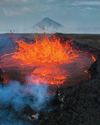
THE BRIGHT SIDE OF VOLCANIC ROCK
As a mineral resource, volcanic rock is decidedly short on glamour.
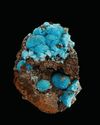
The Other Copper Minerals
12 Lesser-known Collectible Species

MINERAL COLLECTING -AND ROCK & GEM
Evolving Together FOR 54 YEARS
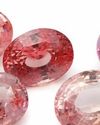
Gemstone Trends
A Look Back at 2024 & What to Expect in 2025
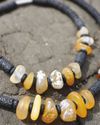
How to Make a GEM BEAD NECKLACE
No Lapidary Experience Needed!
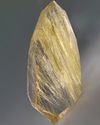
Framing Nature's Art
Faceting Rutilated Quartz for Beginners
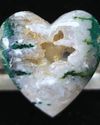
BEDAZZLED BLUE SEAM AGATE
More than several centuries ago, mining was the profession most often seen as befitting of men.
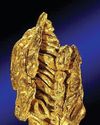
ROCK & GEM FIELD GUIDE:
Spinel is a captivating gemstone with a rich history of being mistaken for gems like ruby and sapphire.
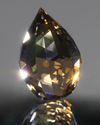
SNAKE SCALE DROP 1.5:1
This Faceting Focus is revisiting the briolette gemstone design because of its popularity with independent and hobby gemstone faceters.
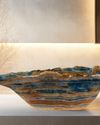
STONE CHIC
How Earth-Inspired Decor Brings Comfort to our Home